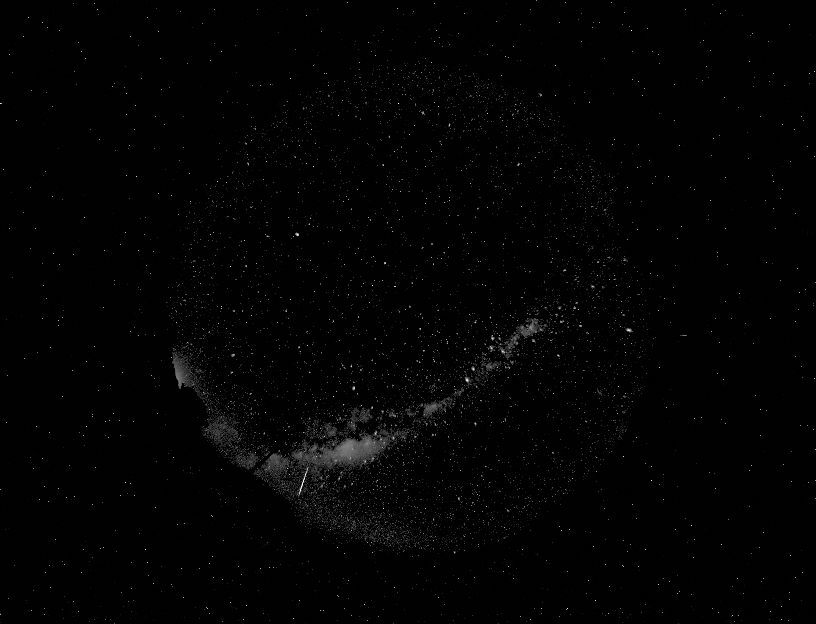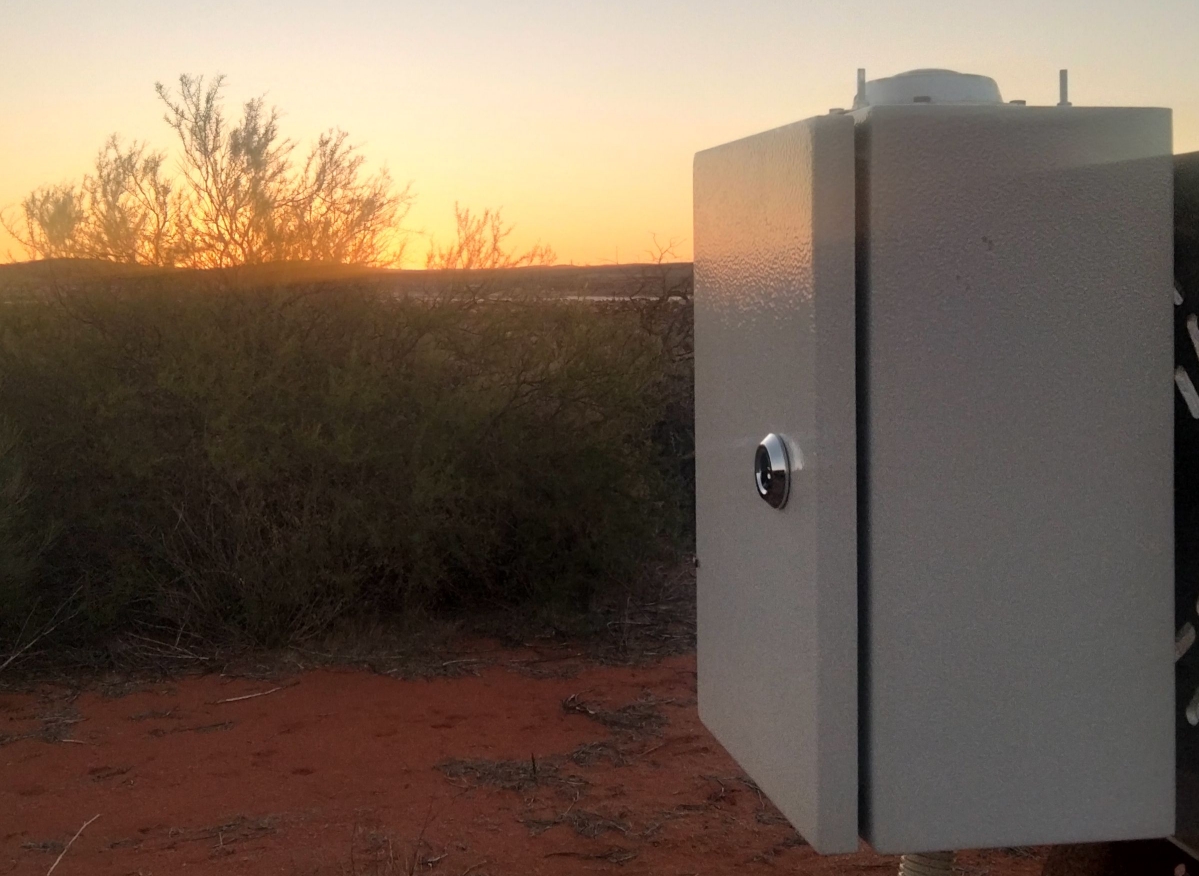RadCam: A High Frame Rate Camera for Producing Calibrated Fireball Light Curves at 470 Frames Per Second
- 1Space Science and Technology Centre, Curtin University, Perth, Australia (dalephilip.giancono@curtin.edu.au)
- 2International Centre for Radio Astronomy Reseach, Curtin University, Perth, Australia
Imaging and all-sky brightness sensors are common instruments used to acquire light curve data of both fireballs and meteors during their bright flight. This data allows modelling of the ablation process using a photometric model which can be calibrated using light sources with known properties such as stars.
The imaging systems typically consist of long exposure images which are occulted periodically by shutters, or video cameras[1][2][3]. The light curve sampling rates of these imaging systems is usually between 10Hz and 30Hz. However, they have limited dynamic range causing them to saturate during bright fireballs, and do not have the temporal resolution to identify brief flaring events which limits their use in photometric modelling.
To capture non-saturated bright fireballs at a higher temporal resolution, all-sky brightness sensors using photomultiplier tubes have been deployed to collect data with sampling rates between 500Hz and 5000Hz [4]. Photodiodes have also been explored as a low cost sensor for measuring all-sky brightness at similar sampling rates [5][6][7]. However calibration of the data from these sensors requires external calibrated photometric data acquired from imagery [8]. Operating photomultiplier tubes also requires special design considerations such as protection from the sun during the day, and high voltage power supply designs which can make them difficult to deploy and operate efficiently [9].
To address some of the limitations of these instruments, a low cost, all-sky, high frame rate camera system has been developed that captures 12 bit data at 470 frames per second, producing light curves of fireballs and meteors that can be directly photometrically calibrated using stars. The fast exposure period that this frame rate enables and high data bit depth allows the system to image brighter fireballs compared to other video camera systems. The first results show promise as an instrumentation method to produce high temporal resolution photometric data of these events using standard computing hardware, off-the-shelf cameras, and simple deployment.
[1] R. M. Howie, J. Paxman, P. A. Bland, M. C. Towner, E. K. Sansom, and H. A. R. Devillepoix, ‘Submillisecond fireball timing using de Bruijn timecodes’, Meteoritics & Planetary Science, vol. 52, no. 8, pp. 1669–1682, 2017, doi: 10.1111/maps.12878.
[2] D. Vida et al., ‘The Global Meteor Network - Methodology and first results’, Monthly Notices of the Royal Astronomical Society, vol. 506, pp. 5046–5074, Oct. 2021, doi: 10.1093/mnras/stab2008.
[3] F. Colas et al., ‘FRIPON: a worldwide network to track incoming meteoroids’, A&A, vol. 644, p. A53, Dec. 2020, doi: 10.1051/0004-6361/202038649.
[4] P. Spurný, J. Borovička, G. Baumgarten, H. Haack, D. Heinlein, and A. N. Sørensen, ‘Atmospheric trajectory and heliocentric orbit of the Ejby meteorite fall in Denmark on February 6, 2016’, Planetary and Space Science, vol. 143, pp. 192–198, Sep. 2017, doi: 10.1016/j.pss.2016.11.010.
[5] D. Vida, R. Turčinov, D. Šegon, and E. Silađi, Low-cost meteor radiometer. 2015, p. 180. Accessed: May 15, 2024. [Online]. Available: https://ui.adsabs.harvard.edu/abs/2015pimo.conf..180V
[6] S. R. G. Buchan, R. M. Howie, J. Paxman, and H. A. R. Devillepoix, Developing a Cost-Effective Radiometer for Fireball Light Curves. eprint: arXiv:1907.12807, 2019, pp. 123–126. doi: 10.48550/arXiv.1907.12807.
[7] J.-L. Rault, A little tour across the wonderful realm of meteor radiometry. eprint: arXiv:1911.04290, 2020, pp. 112–117. doi: 10.48550/arXiv.1911.04290.
[8] P. Spurný, J. Borovička, and L. Shrbený, ‘The Žďár nad Sázavou meteorite fall: Fireball trajectory, photometry, dynamics, fragmentation, orbit, and meteorite recovery’, Meteoritics & Planetary Science, vol. 55, no. 2, pp. 376–401, 2020, doi: 10.1111/maps.13444.
[9] R. M. Howie et al., ‘How to build a continental scale fireball camera network’, Exp Astron, vol. 43, no. 3, pp. 237–266, Jun. 2017, doi: 10.1007/s10686-017-9532-7.


How to cite: Giancono, D., Devillepoix, H., and Howie, R.: RadCam: A High Frame Rate Camera for Producing Calibrated Fireball Light Curves at 470 Frames Per Second, Europlanet Science Congress 2024, Berlin, Germany, 8–13 Sep 2024, EPSC2024-865, https://doi.org/10.5194/epsc2024-865, 2024.